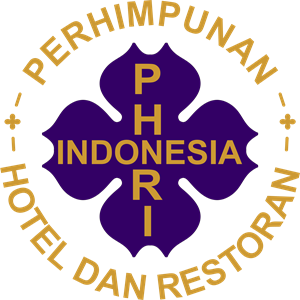Menu Engineering Analysis To Improve The Selling Of The Main Course In Clay Craft Restaurant At The Renaissance Bali Uluwatu Resort & Spa
DOI:
https://doi.org/10.56743/jstp.v7i1.330Keywords:
Menu engineering, sales of level, popularityAbstract
Purpose: The research of this engineering menu aims to determine the most desirable and least desirable menus, to determine the highest and lowest contribution margins, and to determine the level of clarification of the engineering primary course menu analysis at Clay Craft Restaurant at Renaissance Bali Uluwatu Resort & Spa.
Research methods: The methods used in data collection are observation, interviews, and documentation. The data analysis technique used in this research is the analysis of the types of food in the Main Course using the Engineering menu analysis technique, which is calculated using Microsoft Word Equation.
Results and discussion: The development of the study of the 20 main course menus showed that 20% or seven menu items were the most desirable and 80% or 13 menu items were less desirable. Meanwhile, 50% or ten menu items provide the highest contribution margin, and 50% or ten menu items with the lowest contribution margin. Then, from the 20 main course menus analyzed, 50% or ten items are classified as stars, 30% or seven items are classified as plowhorses, 0% are for puzzles, and 20% or three items are classified as dogs.
Implication: Based on the analysis result, efforts that can be made are maintaining menu quality, reducing production costs, and removing less desirable or modified menus to provide high contribution margins and popularity.
Downloads
Published
How to Cite
Issue
Section
License
Copyright (c) 2022 I Komang Gede Marthayana Putra, I Ketut Astawa, Budi Susanto

This work is licensed under a Creative Commons Attribution 4.0 International License.























